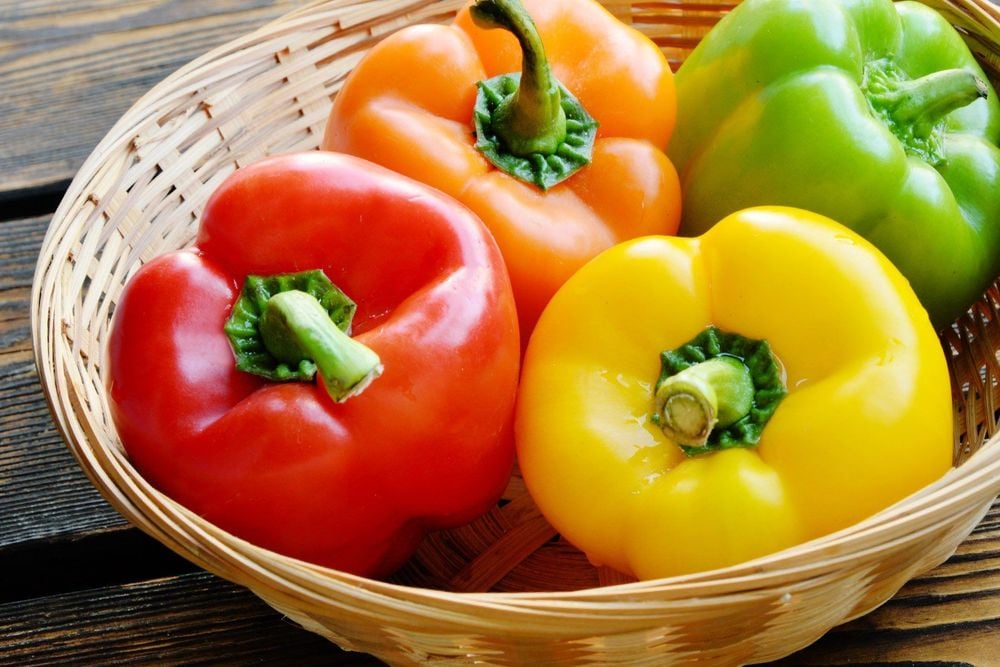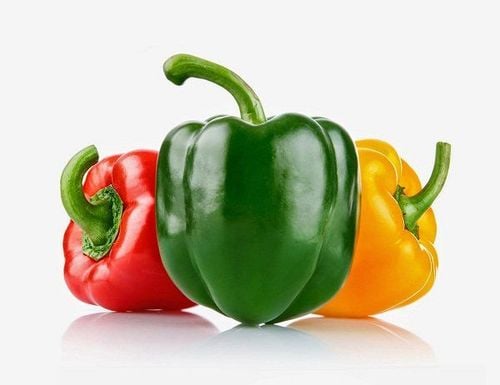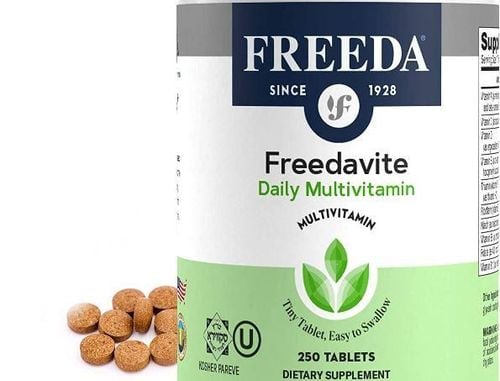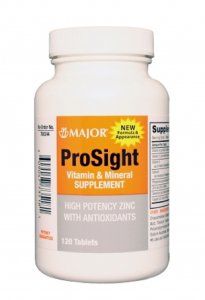This is an automatically translated article.
Bell peppers are related to peppers, tomatoes, etc., all of which are native to Central and South America. Bell peppers, also known as sweet peppers, can be eaten raw or cooked. Bell peppers are low in calories and especially rich in vitamin C along with other antioxidants, making them a great addition to a healthy and sensible diet.1. Nutritional value of bell pepper
Key nutrients contained in 100 grams of raw, red bell peppers include:Calories: 31 Water: 92% Protein: 1 gram Carbs: 6 grams Sugar: 4.2 grams Fiber: 2.1 grams Fat: 0.3 grams 1.1 Carbs in bell peppers Bell peppers are mainly composed of carbohydrates - carbs, in 100 grams bell peppers contain 6 grams of carbs.
Carbs in bell peppers are composed mainly of sugars, such as glucose and fructose, this is also the reason why when we eat bell peppers, we will find sweetness.
In addition, the composition of bell peppers also contains a rich content of fiber, accounting for about 2% of fresh weight, very good for health.
1.2 Vitamins and Minerals “What vitamins do bell peppers have?” . In fact, bell peppers are rich in vitamin C, with just one bell pepper providing up to 169% of the RDI. Other vitamins and minerals contained in bell peppers include: Vitamin K1, vitamin E, vitamin A, folate and potassium.
Vitamin C: One medium-sized red bell pepper provides 169% of the Reference Daily Intake (RDI), making it one of the most essential sources of nutrients in the diet. Vitamin B6: Pyridoxine - the most common type of vitamin B6, is a family of nutrients important for the formation of red blood cells. Vitamin K1: Vitamin K1 is important for blood clotting and bone health. Vitamin E: This vitamin is classified as a powerful antioxidant, vitamin E is essential for healthy nerves and muscles. The best food sources of this fat-soluble vitamin include: Oils, nuts, seeds, and vegetables. Vitamin A : Red bell peppers are rich in pro-vitamin A, a precursor to vitamin A (beta carotene), which your body converts to vitamin A. Potassium : This essential mineral can help improve health Heart. Folate: Also known as vitamin B9, it is quite abundant in bell peppers. Folate has many important functions and roles in your body. Adequate folate intake is important during pregnancy.

Trong ớt chuông có vitamin gì là thắc mắc của nhiều người
Capsanthin: Red bell peppers are rich in capsanthin, a powerful antioxidant, and give bell peppers their red color. Violaxanthin: The most abundant carotenoid antioxidant compound in yellow bell peppers. Lutein: Although this compound is abundant in green bell peppers, getting enough lutein in your body can improve eye health. Quercetin: Studies indicate that this polyphenol antioxidant may be beneficial for preventing certain chronic diseases, such as heart disease and cancer. Luteolin: Similar to the compound quercetin, luteolin is a substance. Polyphenol antioxidants may have many beneficial health effects.
2. Health Benefits of Bell Peppers
2.1 Eye Health Lutein and zeaxanthin carotenoids are found in relatively high amounts in bell peppers.Some studies indicate that regular consumption of foods rich in these carotenoids may reduce the risk of both cataracts and macular degeneration. Therefore, adding more bell peppers to your diet can help reduce the risk of vision loss.
2.2 Prevention of Anemia Anemia is a common condition characterized by a decreased ability to carry oxygen in your blood. One of the most common causes of iron deficiency anemia, the main symptoms of which are weakness and fatigue.
Red bell peppers are not only considered a rich source of iron, but red bell peppers are especially rich in vitamin C, which helps increase the absorption of iron from your intestines.
A medium-sized red bell pepper can contain 169% of the RDI for vitamin C. It is the vitamin C content in bell peppers that helps to significantly increase the absorption of dietary iron.
Therefore, eating raw bell peppers with iron-rich foods such as: Meat or spinach, can help increase iron stores in the body, reducing the risk of anemia.

Thường ớt chuông có 3 màu cơ bản là xanh, đỏ và vàng
3. Some side effects when using bell peppers
Bell peppers offer many health benefits and are well tolerated, but some people may be allergic to bell peppers. Therefore, although food allergy due to the use of bell pepper is very rare, in some cases there is a history of allergy.In addition, some people with pollen allergies may also be sensitive to the ingredients of bell peppers due to allergic cross-reactivity. Allergic cross-reactivity can occur between certain foods because they may contain similar allergens or chemically similar allergens.
Bell peppers are rich in vitamins and antioxidants, especially vitamin C and various carotenoids. So bell peppers may have a number of health benefits, such as improving eye health and reducing the risk of certain chronic diseases. Therefore, bell peppers are considered a great addition to a healthy diet.
Please dial HOTLINE for more information or register for an appointment HERE. Download MyVinmec app to make appointments faster and to manage your bookings easily.
Reference source: Webmd.com












